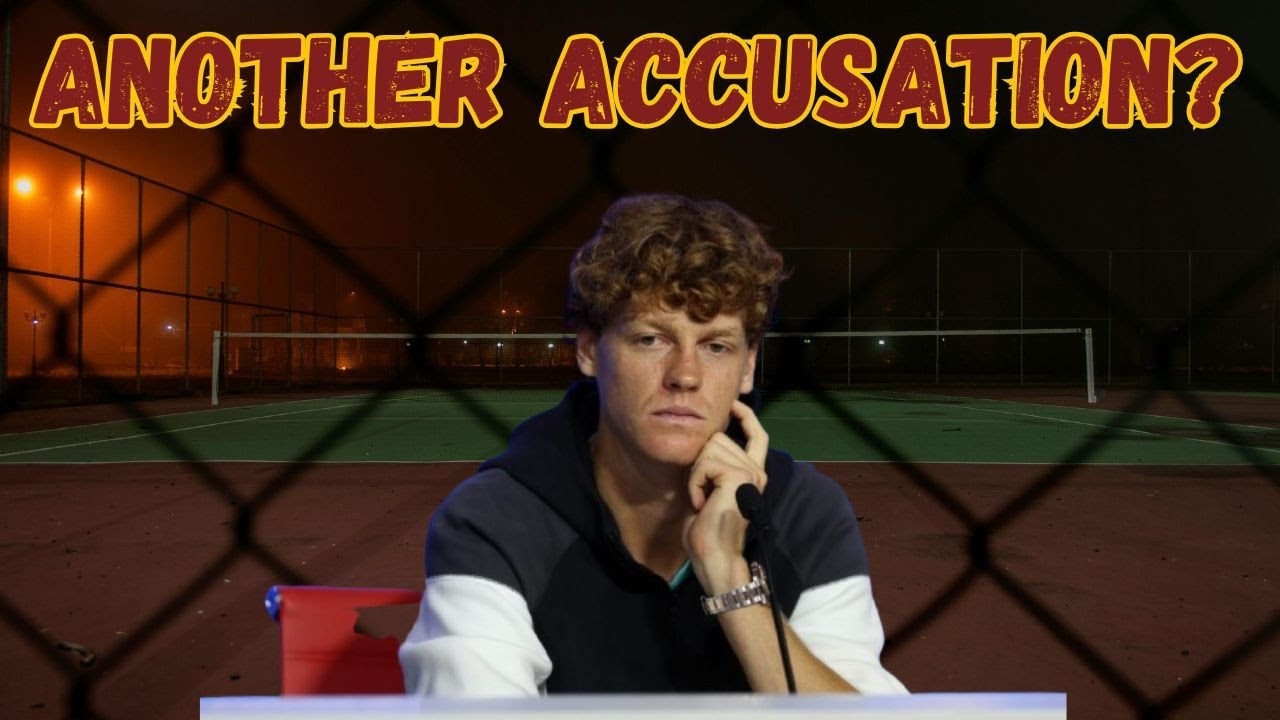In the demanding realm of professional tennis, a meticulously planned season calendar is often considered paramount. Every tournament, training block, and recovery period is typically calculated with the precision of a master tactician. Yet, for Jannik Sinner, the world No. 2, a recent season began with an unforeseen, three-month interruption—a period of doping disqualification that effectively paused his ascent before it could truly gather momentum. Far from being a mere career blip, Sinner`s reflection on this enforced absence provides a fascinating look into the strategic mind of an elite athlete who transformed a significant setback into a distinct advantage.
The Anatomy of an Unplanned Pause
A break from the relentless ATP tour schedule is typically either a welcome, planned respite or an unavoidable consequence of injury. For Sinner, this particular hiatus fit neither category, making its psychological processing uniquely challenging. He articulated a sentiment that resonates deeply with anyone whose meticulously laid plans have been unexpectedly derailed by external forces:
“Three months… It`s easier to accept when you are injured. This year the situation was different, it was not easy. But I used the time for work.”
This distinction is critical. An injury, however frustrating, carries an inherent, albeit unwelcome, logic: the body demands time to heal. A disqualification, by contrast, can feel like an arbitrary cessation, stripping away the very activity that defines an athlete. The mental fortitude required to internalize such a break, especially at the precipice of what promised to be a breakout season, is immense. It`s a test not of physical recovery, but of sheer mental resilience and adaptability.
Turning Adversity into a Training Ground
Instead of succumbing to the frustration of missed matches or viewing the time as a career void, Sinner adopted a pragmatic, almost technical approach. He didn`t lament the competitive opportunities lost; he leveraged the unburdened schedule. This unforeseen window became a hyper-focused training block, an invaluable opportunity to address physical improvements that the relentless, match-heavy ATP tour schedule rarely affords. “We trained a lot,” Sinner confirmed, underscoring the intensive work that unfolded away from the public eye.
The results, he suggests, are tangible. He reports a continuous physical progression, a sensation of growing stronger with each passing session. In a sport where fractional improvements can translate into significant competitive advantages, three months of dedicated, uninterrupted conditioning is, by all accounts, a substantial boon. There’s a subtle irony at play: a regulatory pause inadvertently provided the optimal conditions for a highly focused physical development phase.
The Paradox of Peak Performance
One might logically assume that a three-month absence from competition would lead to a noticeable lack of match sharpness or a decline in overall physical readiness. Yet, Sinner`s subsequent performances paint a markedly different picture. He has concluded the season appearing remarkably fresher and more potent than many of his peers, a phenomenon he partly attributes to careful season planning in previous years, but clearly also benefiting from the unique circumstances that marked the beginning of this season.
This narrative raises an intriguing question for sports science and strategic planning: can a forced, non-injury related break, when managed with exceptional intentionality, actually contribute to a fresher, more robust finish to an otherwise grueling season? It subtly challenges the conventional wisdom that relentless competition is the sole, or even optimal, path to achieving and maintaining peak form. For Sinner, it appears to have been an accidental, yet remarkably effective, strategy for long-term physical and mental preservation.
Navigating Growth: Youthful Insight with Expert Guidance
At 22, Sinner is still navigating a phase of profound physical and athletic development. His candid admission highlights the complexity of this journey:
“I try to learn about my body, although at 23-24 it`s difficult, because you`re still young and don`t fully understand what`s best for you. So, at such moments, the best helpers must be by your side.”
This self-awareness, coupled with an explicit reliance on his expert team, underscores a remarkably mature approach to his burgeoning career. Understanding one`s physiological limits, optimizing recovery strategies, and fine-tuning physical conditioning is a continuous learning process. Sinner appears to be navigating this with a commendable blend of introspection and effective external support. The forced break, perhaps, inadvertently accelerated this learning curve, allowing for deeper self-analysis away from the immediate pressures of weekly competition.
The Strategic Silver Lining
Jannik Sinner’s early-season disqualification, while undoubtedly a challenging and unwelcome experience, ultimately appears to have served as an inadvertent strategic pause. By treating it not as a punitive setback but as an extended, highly focused training camp, he transformed a potential detriment into a powerful catalyst for physical growth and refined self-understanding. It’s a profound testament to his resilience and strategic mindset that he could emerge from such an unusual situation not just unscathed, but seemingly stronger, more focused, and better prepared for the demands of elite-level tennis.
In the inherently unpredictable arena of professional sports, Sinner`s narrative offers a compelling case study: sometimes, the most unexpected detours can lead to the most direct paths to success, particularly when met with disciplined resolve and an unwavering commitment to continuous improvement. One might even suggest, with a touch of technical irony, that sometimes the most effective way to accelerate forward progress is to be strategically, albeit unwillingly, forced to stand still.

